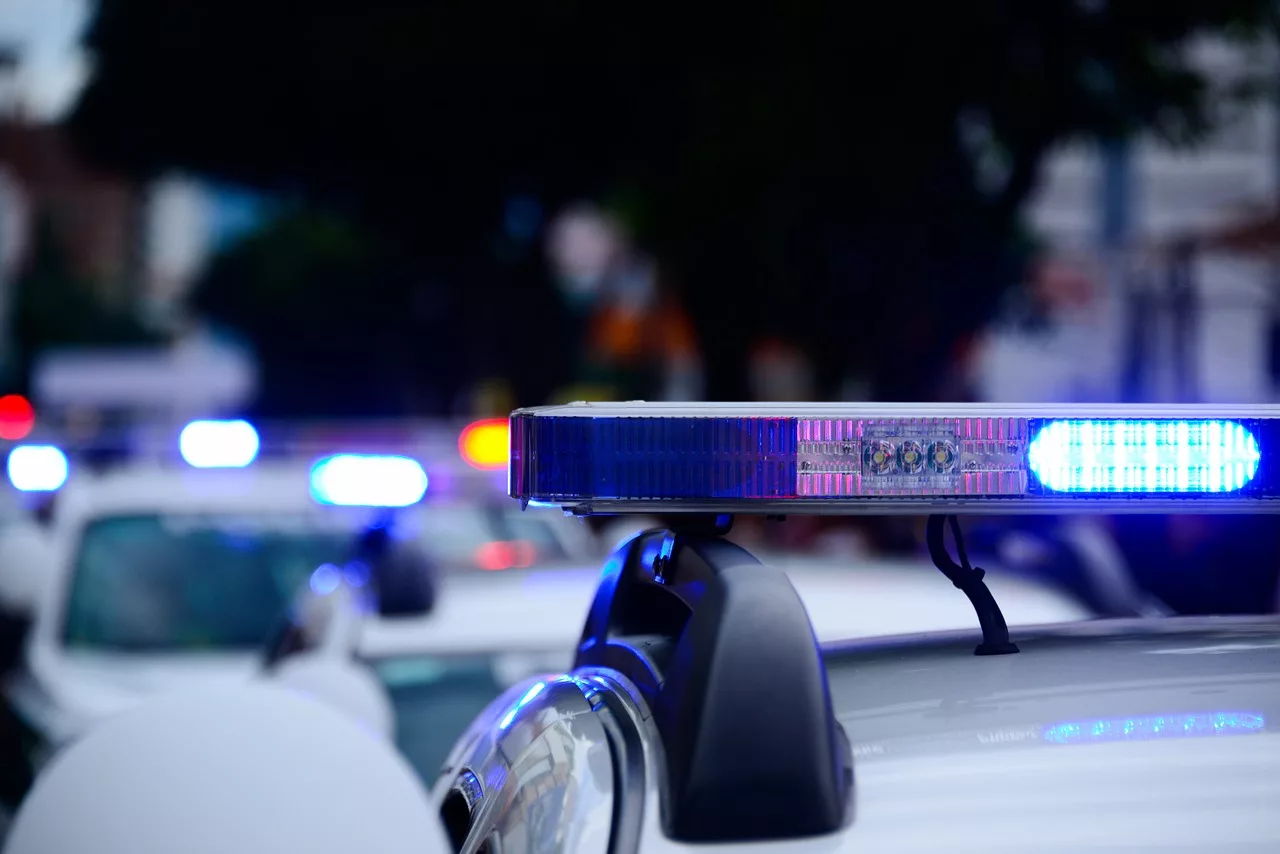How AI can help prevent active shooters and save lives

It comes as no surprise that the number of deaths attributed to gun violence in 2020 far surpassed years prior and the trend is now continuing into 2021. Gun violence has been weighing heavily on law enforcement officials, especially after the recent riots and presidential inauguration threats. Organizations, institutions, government agencies, and public venues have the responsibility to take a more proactive approach in protecting their people. Now is the time for serious conversations around upgrading and modernizing security technologies.
Many currently rely on technology like walk-through or handheld magnetometers, which detect changes in local magnetic fields. Video surveillance systems are increasingly deployed to address the challenges associated with firearm incidents, although monitoring can be difficult, unreliable and expensive. Newer technologies leveraging artificial intelligence (AI) and machine learning are necessary to keep pace with threats that have evolved beyond standard security measures.
AI-Powered Visual Gun Detection Solutions
Newly introduced AI-powered visual gun detection solutions use existing video surveillance systems to reliably and rapidly recognize firearms and immediately trigger multi-channel alerts and automated pre-defined safety protocols. They enable always-on monitoring and can work both inside or outside a building and with large groups of people, such as what we saw when the rioters stormed the U.S. Capitol.
The technology’s ability to pair with more traditional forms of surveillance and security management systems, while also augmenting security procedures for human operators, is what makes it such a significant development. It’s greatest appeal is that it can support and, perhaps someday, replace current forms of facility security.
Taking it one step further, this solution ties gun detection technology to building lockdown technology. If a weapon is detected, it can automatically trigger a lockdown (after verification from appointed personnel), prevent an active shooter situation and ultimately save lives.
Existing gunshot detection technologies only work after incidents have escalated and provide vague details on the approximate location of the sound. In comparison, visual gun detection gives emergency response teams advance warning before shots are fired, and delivers precise information on the location and visuals of the potential shooter. We must have technologies in place that help police and security officers prevent crimes instead of responding to it after the fact.
Mass Shootings on the Rise
The Homeland Security Research Corporation expects the market for weapons detection systems to grow to $11 billion by 2025. Factors expected to fuel the growth are the increasing incidences of shootings at schools, universities, and hospitals, as well as the increasing adoption of these systems by law enforcement agencies, especially in North America. AI-powered software that integrates with existing security systems, such video surveillance cameras, will begin to see greater adoption by organizations, schools, and public law enforcement officials in an effort to proactively protect their people.
While the pandemic may have superseded active shooter events and mass shootings in the media, gun violence has certainly not gone away. Despite a decrease in mass gatherings, deaths due to gun violence are on the rise. A recent Navigate360 Zogby Safety and Wellbeing Poll found that 52% of parents feel their child’s school is more dangerous, and 41% feel their workplace is less safe than it was six months ago. In addition, 55% say they would not know what to do should an emergency occur in school or at work, while 54% said their office had no plan in place to deal with an emergency. This is set against a backdrop in which one in seven Americans say they do not feel safe at work and 57% of teens are worried a shooting could happen at their school.
Recent months have seen the anniversaries of the Las Vegas shooting, the Sutherland Springs church shooting in Texas, and the eight-year anniversary of the Sandy Hook Elementary School shooting. Events such as the riots at the U.S. Capitol have forced organizations to realize they need to be more prepared to protect their citizens. We must do more than simply reflect on these tragic events - we must take action today.
Looking for a reprint of this article?
From high-res PDFs to custom plaques, order your copy today!






